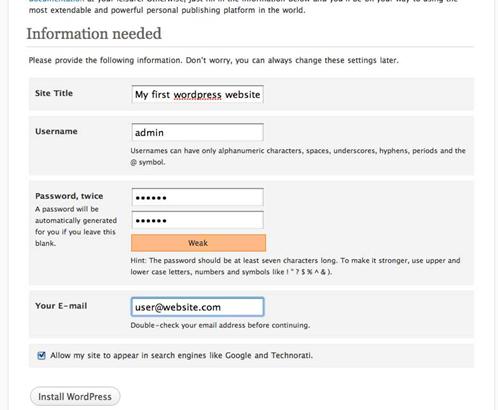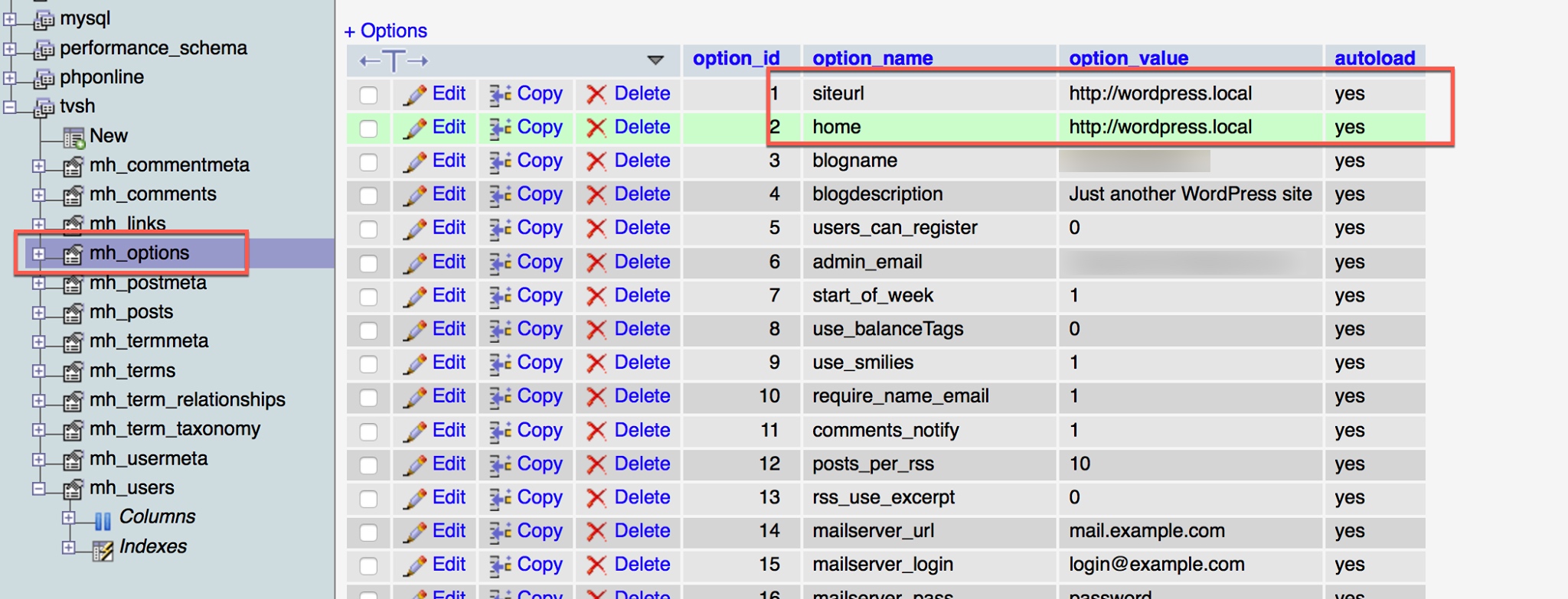
Many systems were able to perform host-based routing but not general header-based routing, though today it is hard to find a load balancer/proxy that cannot support routing based on any header.ĭespite the apparent simplicity of these routing patterns, their importance should not be underestimated. Note that Header-based is usually separated from host-based routing even though the host is technically one of the many HTTP headers. It’s also instrumental in maintaining secure sessions (SSL/TLS). The concept of sticky sessions (persistence) is based on the use of Cookies to aid in scaling stateful applications. The use of HTTP headers to route requests is a long-standing tradition of sorts. This might be a standard header, like content-type or cookie, or it might be a custom header, like x-custom-header-for-my-app.
Apex domain vs path routing mamp wordpress how to#
Header-based routing simply means that you use an arbitrary HTTP header as the basis for determining how to route a request. Header-based is a broad category that includes some familiar routing patterns such as persistence (sticky sessions).

When everything you need to know is found in the URI (in the path), it becomes imperative that you can dissect that path into its composite pieces and make decisions on where that request needs to go. You can also search for /v1 in the path and use it to implement a type of API versioning.īecause of the focus on API-only communication in modern apps (like mobile) and architectures (like microservices), the use of path-based routing is increasingly important to enabling not only scale but simple delivery.

For example, you could search for /getprofile in this path and route it to one application while routing all others to a different application. You can route based on the entire path (not advisable) or a portion of the path. Path-based routing requires visibility into the URI portion of an HTTP request.

Increasingly common – particularly in the realm of scaling containers using ingress controllers – is path-based routing. Host-based routing allows you to send a request for and for to the same endpoint with the certainty it will be delivered to the correct back-end application. It’s also used by application services like load balancing and ingress controllers to achieve the same thing. Host-based routing is what enables virtual servers on web servers. That’s because increasingly the world of applications is clashing with that of the network, and many of the deployment patterns being used by DevOps rely on HTTP-based routing capabilities. And though it’s the most commonly used (and best known) type of HTTP routing, there are actually three types of HTTP routing NetOps should get familiar with. Host-based (virtual) routing has been a go-to for the Internet for years. That’s one of the reasons why “virtual servers” exist in the realm of web serving, so that a single IP address can service multiple servers (or applications). Most organizations aren’t lucky enough to own significant ranges of publicly accessible IP addresses. Even if only 63% are HTTP/S, that’s still a lot of HTTP - with not a lot of IP space to give it.

In MuleSoft’s latest Connectivity Benchmark, respondents reported an average of 1020 applications in their enterprise environments. In fact, when I peek at our latest data from nearly 4 million virtual servers, 63% of them are HTTP/S. That means most of the scaling going on is focused on scaling HTTP-based apps. The majority of applications and APIs today are delivered via HTTP, regardless of their content (HTML, JSON, XML). HTTP is the de-facto application transport layer.


 0 kommentar(er)
0 kommentar(er)
